Over the last 20 years, going natural has become increasingly popular and accepted. Making the transition is also a lot easier with the explosion of available stylists, products and information specifically addressing natural hair care. Still, you may have concerns on what transitioning is all about and whether or not it is right for you—and that is exactly why I’m here to answer your questions and give you the real deal on why going natural is fabulous.
1. Is going natural right for me? (It seems like a lot of work.)
Going natural may be a journey, but it doesn’t have to be a hard one. It’s really all about educating yourself on your unique hair personality, what hair care approach works best for you, and what styles are most flattering and easiest for you to achieve. Also, understanding the benefits of natural hair is key. Simply put, natural hair is healthier, thicker, stronger and much more versatile than chemically treated hair—and once you learn about your hair, it’s no more work than when it was relaxed.
If you plan on going natural, take your time and think about how you want to approach your transition. Do you want to cut off all your relaxed hair and or would you like to grow out your hair while you keep (and trim) your relaxed length? It all depends on your comfort level, styling preferences and needs. No matter how you choose to approach your transition, just be confident in knowing that you will be taking the first step in embracing a healthier head of hair.
2. If I don’t do the big chop then what are my styling options? (I don’t want to look a hot mess as I transition.)
There are several alternatives to doing the big chop that are both stylish and protective of your transitioning hair. Any relaxed hair on your head will maintain its treated texture; it will never revert back to your natural curl pattern. As you grow out your natural hair, you will effectively have two types of hair at once—kinky/curly and straight. If you don’t cut the relaxed hair, you will most definitely have breakage.
To avoid breakage, you can manipulate the new growth (press or blow out) to match the texture of the relaxed hair and clip ends with each new half inch of growth. You may also wear your hair in a protective style such as braids, extensions, updos, weaves or wigs. Wig wearing is excellent for styling versatility because you have the freedom to change your hairstyle’s texture, length and color at will with little to no damage to your actual hair.

3. How do I get my hair to grow and keep it healthy?
Whether you do the big chop or transition with protective styling, it is important to care for your natural hair by keeping it well moisturized from root to tip. This is why it is crucial to choose the right products for your hair—products that properly nourish and protect the hair while softening, detangling and allowing you to comb through without breakage or damage. A good daily, leave-in conditioner is the Protective Styles Intense Moisture™ Bamboo and Coconut Milk Strengthening Leave-in Conditioner.
If you are indeed transitioning slowly by using a protective style, then a properly applied style will also help prevent breakage, maintain moisture and softness, encourage growth, and cut down on how often your manipulate your hair. However, you still need to shampoo and condition your natural hair before, during and after protective styling to maintain optimal hair health.
4. What about the social aspects of going natural? Staring, requests to touch my hair, all kinds of questions…how do I deal with that?
First of all, your natural hair is gorgeous. It was uniquely and perfectly designed to complement and reflect your beauty. Whether you have the kinkiest of curls or the loosest waves, it looks good and is especially good-looking on you. And because kinks, curls and waves tend to be big and bold, it is a natural reaction for people to be fascinated with it. Even someone like me (who has had natural hair all of her life) is always drawn to natural hair styles. I want to touch the beautiful hair of ladies I see out and about because it is simply irresistible.
If someone stares, don’t take it as a put down or think that something is wrong with your natural hair. Instead, know that your natural hair is breathtaking and those who stare just can’t get enough of looking at it. If someone asks to touch your hair, you can either say no or let them. You can even ask to touch their hair back—but never do you have to feel as if you are obligated to let anyone touch you or your hair. (And no one should just take it upon themselves to touch your hair without permission). If you don’t feel comfortable answering questions about your hair, say so. Your hair is your business and everyone else needs to respect that.
If you have any more questions about natural hair care, styles or maintenance, please feel free to email your questions to me at asktaliah@naturalhair.org.
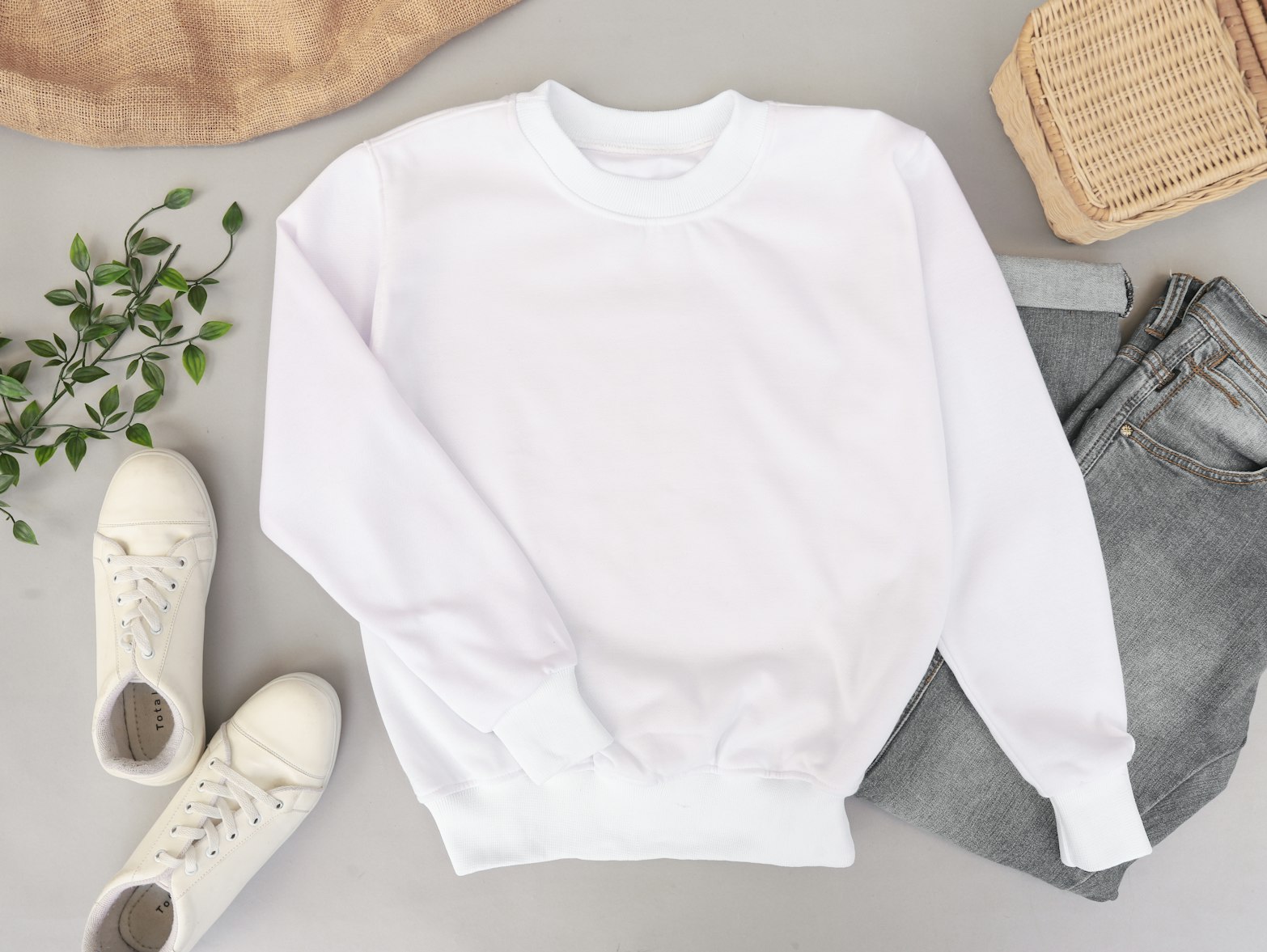
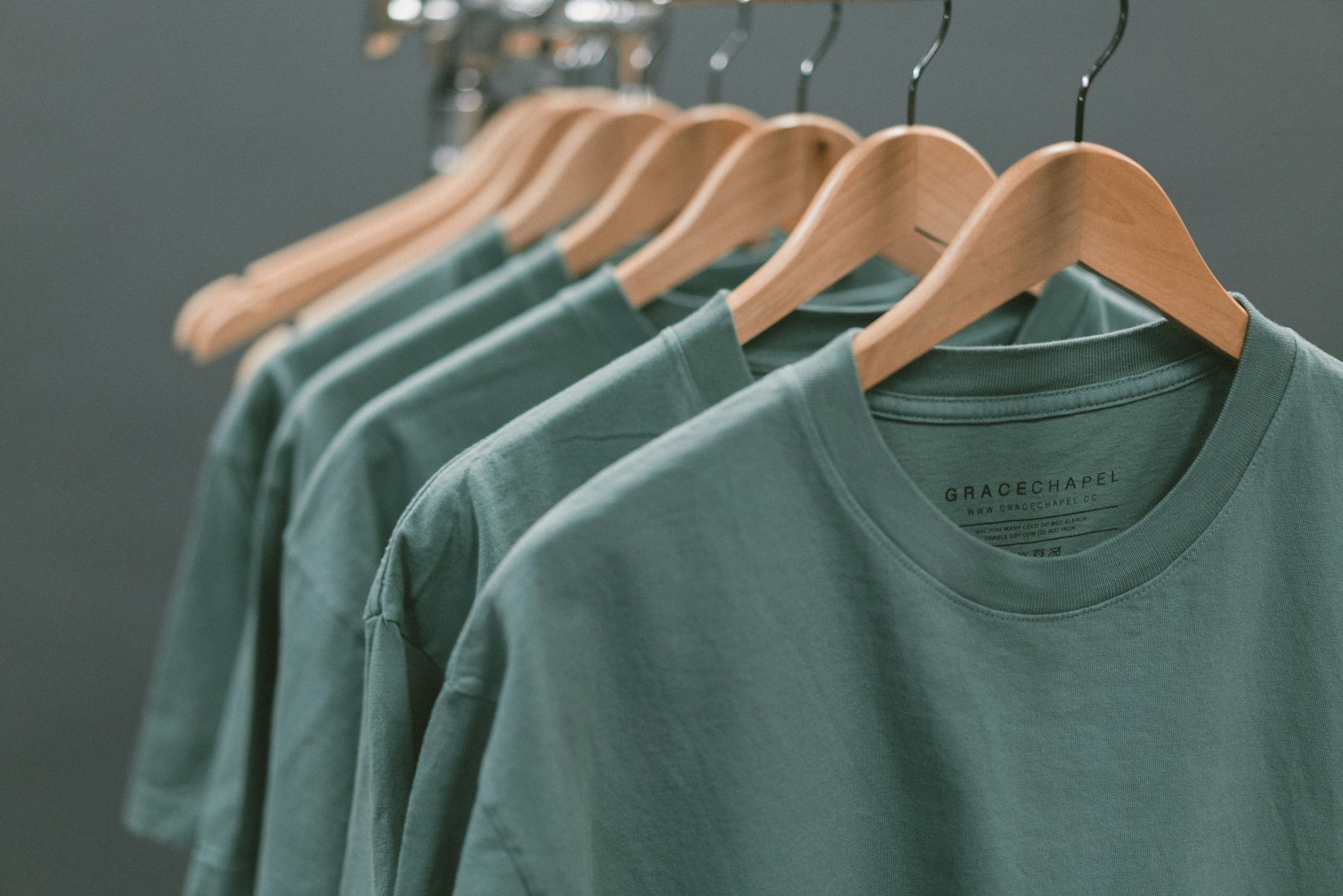
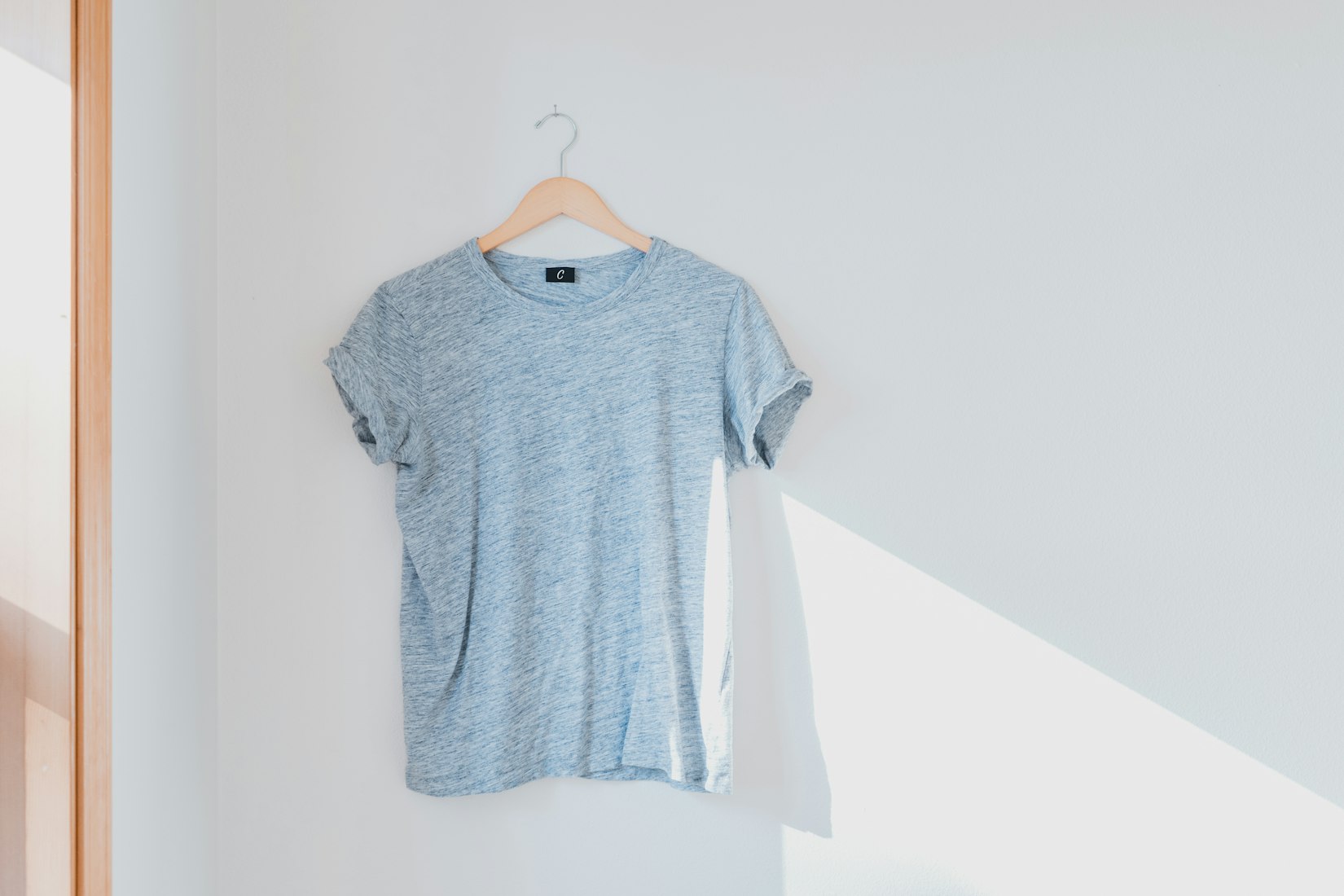
 English
English Arab
Arab
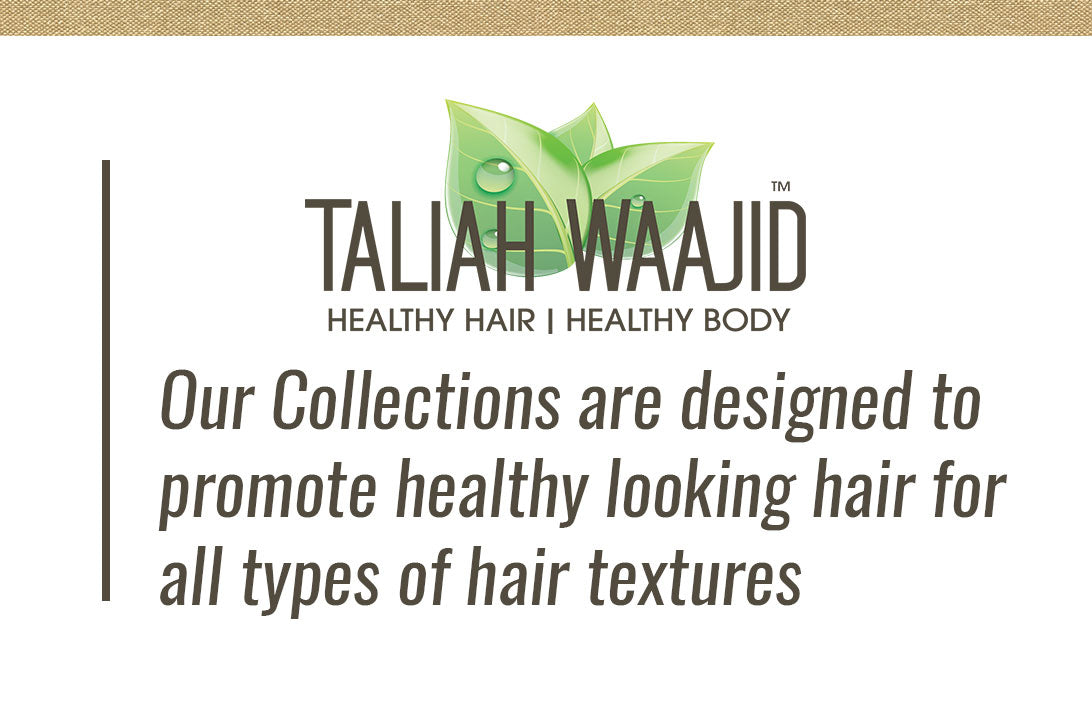
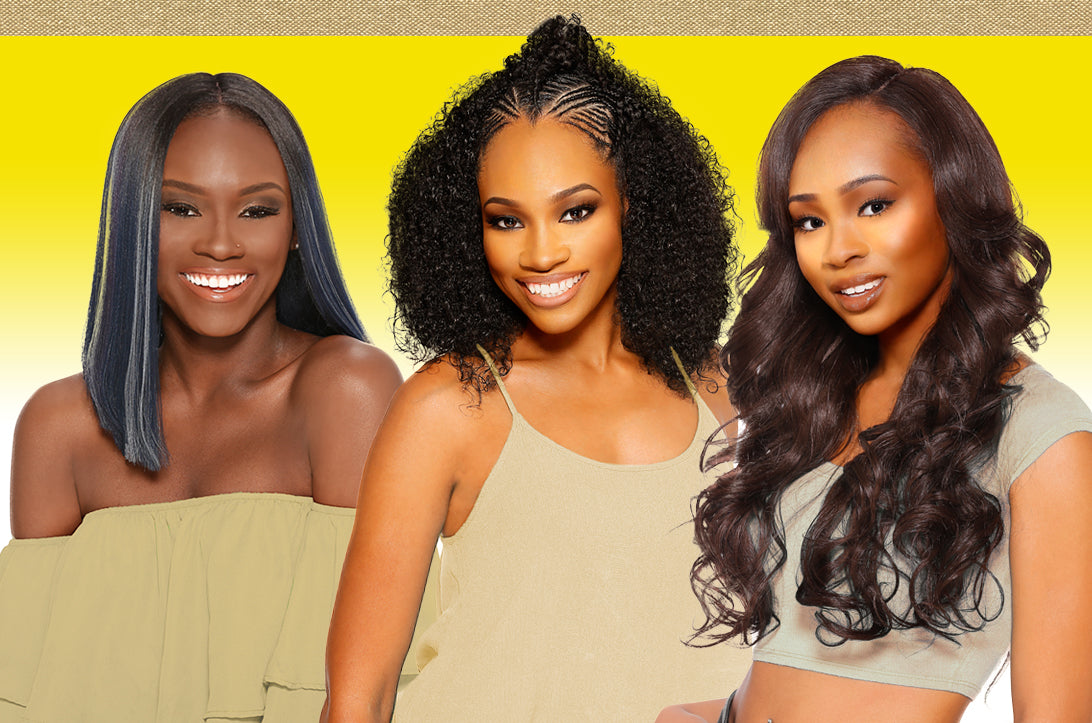


Only one month transitioning I have a lot of crown and edges damage from leaving rinse in my hair to cover gray. I am using Dudley DRC and protein treatments and deep conditioners don’t see much growth I hate wigs too hot what style can I do